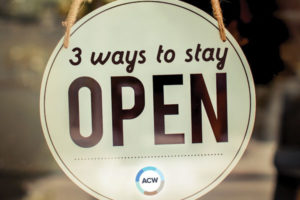What does the future hold for the Australian aged care sector?
Wednesday, March 21, 2018 Care
There’s no question aged care plays a critical role in the Australian community and economy.
From a community perspective, aged care is key in supporting and caring for older Australians, a demographic that’s growing rapidly. Aged care’s contribution to the economy is massive as well, employing over 350,000 people and providing services to more than one million, according to Deloitte.
To accommodate a rapidly ageing population, this essential industry will also be undergoing a number of changes in coming years. Here are three you need to be aware of.
1. Shift toward consumer directed care (CDC)
In 2015, the Department of Health made it mandatory for all home care packaged to be delivered on a CDC basis, giving consumers a much higher level of autonomy in the types of services they access and how they’re delivered. Work is currently underway to determine the best approach for residential care funding as well.
The first program designed to implement CDC in Australian residential #agedcare has been delivered & evaluated https://t.co/csnNBILFQ8 pic.twitter.com/ImjuXFjzh6
— Aust Ageing Agenda (@AustAgeAgenda) June 20, 2017
This major shift stems from a need for flexibility and choice. As an aged care provider, it’s important to be aware of a few changes that will come with CDC:
- There will be increased competition for customers – With choice, buying behaviour is likely to change, leading to an increased need for aged care providers to compete for business.
- Workforce shortages are forecast – Based on the high demand, Health Workforce Australia estimates that there will be major workforce shortages by 2025.
- Pricing and service structure will change – Two key aspects of CDC are that consumers will have more choice in services and they’ll pay for them differently. It follows naturally then that service structure and pricing will need to be adjusted accordingly.
2. Increased investment in sustainable growth
The 2016 Census showed the number of people aged 65 and above had increased from one in seven in 2011 (14 per cent) to one in six (16 per cent) – in line with the steady increase we’ve experienced over the last century.
Growth, therefore, is inevitable in the aged care sector – but how will we go about achieving this?
One thing that will become a priority is sustainability. In order to ensure Australia continues to provide a world class aged care system, it’s important for the industry to look long into the future. That’s why the Government has increased investing in sustainable growth, including funding research and development for innovative aged care technology and solutions.
It’s important for providers to also invest in the long-range future, by doing things like training and upskilling staff, investing in top-of-the-line equipment and staying on top of the industry.
Aged care provider gives a ‘Helping Hand’ in #commercialising new #tech. Well done @MeganCorlis. https://t.co/iemYeKZTKw
— innovAGEING (@innovAGEING) February 7, 2018
3. Emphasis on a skilled workforce
In the future, the aged care workforce will need to be equipped with a certain skill set.
Increased competition, higher quality standards, new tools and solutions – all of this leads naturally to the fact that in the future, the aged care workforce will need to be equipped with a certain skill set.
Currently, 62 per cent of residential facilities report a skill shortage of registered nurses, according to Deloitte. This will only be exacerbates as the number of residents climbs. That’s why it’s so essential for businesses to address staffing challenges now rather than later.
If you want experts in every area of your nursing home or aged care facility, don’t overlook other departments, such as cleaning. When you hire a certified aged care cleaning company like ACW Care, you can rest assured that all staff have been trained not only in cleaning, but in the specifics of upholding a safe, healthy environment for your residents.
At ACW Care, we’re proud to be a part of this evolving industry and are doing everything we can to ensure we’re moving with the future of aged care. Reach out today to find out more.




